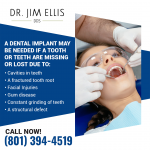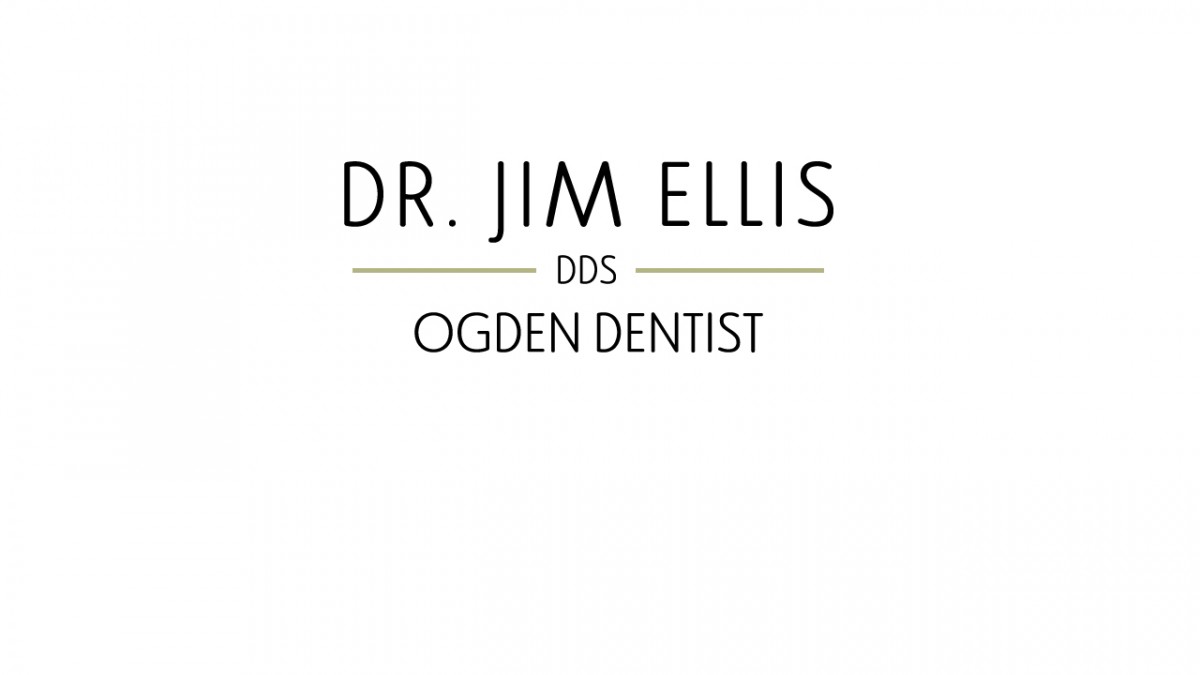Teeth play an essential role in health and how people experience life. Teeth play an essential part in eating. They also help determine the facial structure of a person. People with healthy teeth and good oral hygiene have fresh breath and great smiles. Teeth are an essential feature that leaps to notice when people interact. Having healthy teeth can make people more confident and sociable. This can have a positive effect on people's personal and professional lives.
Dentists might advise dental implants when teeth are lost or need to be replaced. Dental implants have revolutionized the way dentists and dental surgeons work when they deal with missing teeth. They have restored the smiles, confidence, and happiness of many. Dr. Jim Ellis DDS is an Ogden, UT dentist operating from an office that has been providing the community with the best dental services. This article shares some information on dental implants and why they are so widely used.
When Are Dental Implants Needed?
When a person has one or more teeth missing, the dentist would consider if they would benefit from dental implants. A dental implant may be needed if a tooth or teeth are missing or lost due to:
- Cavities in teeth
- A fractured tooth root
- Facial Injuries
- Gum disease
- Constant grinding of teeth
- A structural defect
Benefits Of Dental Implants
- Improved facial and bone features as adjacent teeth can be retained, and they help restore and maintain jawbone structure
- Dental implants are designed to look natural and fit comfortably, unlike removable dentures
- Enhance speech and ability to chew
- Do not require adhesives
- Healthy teeth do not need to be removed
- Do not develop cavities
- Long-lasting with a reliable outcome with proper oral care
- High success rate compared to other teeth replacement options
Dental Implant Surgery Process
The steps of dental implant surgery can take several months. The following are the steps that are usually a part of dental implant surgery.
- Dental Examination - A thorough examination is done using dental X-rays or CT scans. This helps assess the overall dental health, especially of the bone that will have to support the implant.
- Tooth/Teeth Removal - If the tooth to be removed is in place, it is extracted by an oral surgeon or dentist.
- Bone graft - if the dental examination shows that the bone is insufficient to support the implant, bone is harvested from elsewhere in the body(or from a donor, or synthetic bone is used) and grafted where needed.
- Implant insertion - after the bone graft has healed, the jawbone is drilled into, and the dental implant is anchored into the jawbone, like a natural tooth. A temporary denture may cover the area as the implantation area heals and bone growth occurs.
- Adding the abutment - after a few months, when enough bone growth has occurred, the abutment is added, and the gum area is closed around the edges. The next step can be done after the gum has healed.
- Inserting the dental crown - A dental crown is custom-made to match the color, size, and shape of the person's original teeth. This is then put in place.
Caring For Dental Implants
Immediately after the implant is placed, the dentist may prescribe antibiotics and pain medication for soreness. It is essential to follow instructions on what to eat and what activities are permitted in the immediate postoperative period.
On a long-term basis, dental implants require maintenance of proper oral hygiene. While they don't develop cavities, gum disease can affect dental implants. Brushing and flossing are essential. Regular dental checkups help maintain oral health and ensure that dentures are cared for properly.





















